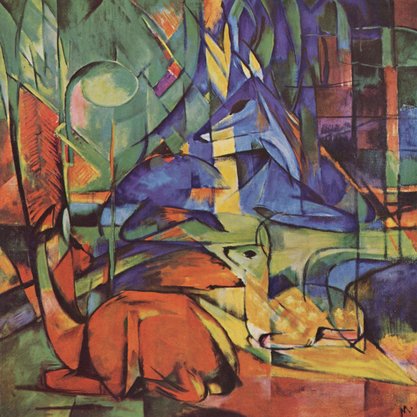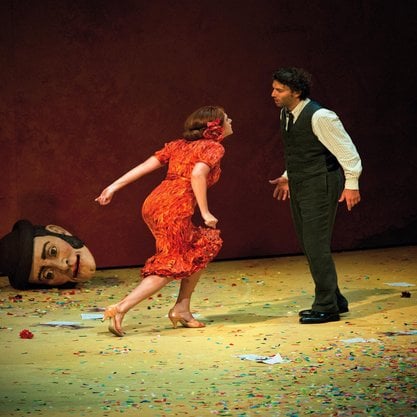Article
Comics By Willmott, Glenn
Article
The early twentieth century saw the rise of the modern comic strip, the comic book and the artist’s book as distinctive forms of graphic narrative art that merged literary and graphic traditions into new modes of expression. As with literature more broadly, comics have ranged in quality and aims from the banal to the bizarre, from the blandly conventional to the wildly original. Their close association, from their very inception, with a network of advertising and commodity tie-ins has kept them at an uneasy distance from the anti-commercialist culture of High Modernism. Yet the ubiquity of comics in newspapers internationally, and the often absurd, transgressive, and episodic worlds they depicted, ensured their interest to modernist writers and artists more widely.
Comic strips developed out of roots in the satirical genre of editorial and humor cartoons of the nineteenth-century periodical, and, in their unique invention of personified ‘funny animals’, drew as well from folk traditions of the trickster and the animal fable. They often explored subaltern class and ethnic life worlds not prominent in other modern arts, or offered flights of fantasy that directly challenged or therapeutically escaped from social norms.






